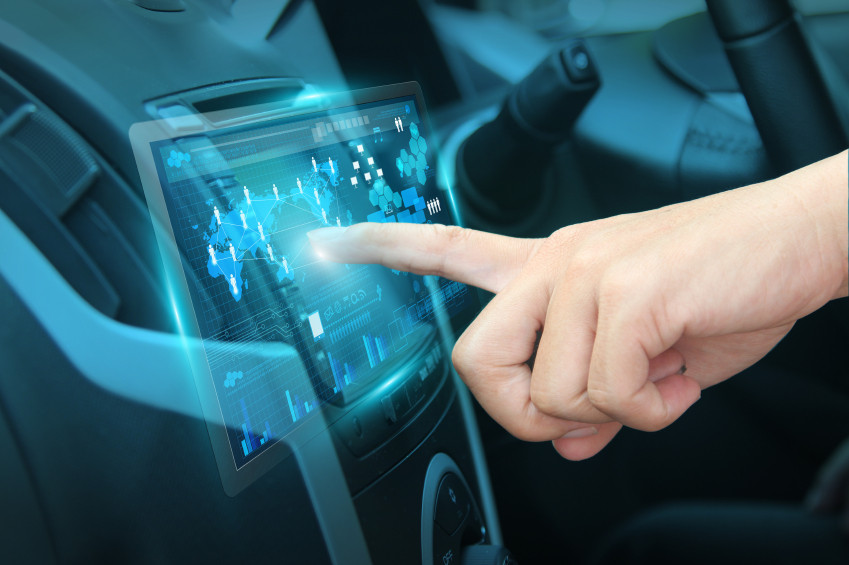4 New Technologies Expected to Reduce Charleston Auto Accidents

Consumer Reports Magazine researched the effectiveness of several new technologies being incorporated into today's new vehicles. Although we still don't have the flying cars our generation was promised, and we don't quite yet have self-driving vehicles either, several of the features included in recent models are likely to reduce auto accidents throughout the country.
- Rear Cameras
According to Consumer Reports, rear cameras, also referred to as backup cameras, will be mandatory in May 2018. They're most helpful on large vehicles, like SUVs or trucks, which have large blind-spots behind them. Although they can help a driver navigate into a parking spot better, while driving backwards, their greatest asset is that they can reduce the number of pedestrian injuries. It's difficult to see people, especially children, when they stand behind a large vehicle, and back-up cameras play an integral role in saving lives.
- Forward-Collision Warning Systems with Autonomous Braking
Forward-collision warning systems, often called FCW for short, or referred to as pre-crash mitigation systems, are incredibly complex. They may utilize cameras, lasers, or a combination of the two, to detect the distance between your car and any object in front of you. Depending on the particular system, it may alert you visually, audibly, or physically that you're in danger of causing an auto accident if you don't alter your course or behavior. In some cases, they also pre-charge your brakes, so they're prepared to stop, or the brakes may automatically engage if you ignore the warning. These systems aren't without flaw at this time, so Consumer Reports recommends including FCW in your next vehicle purchase, but says you should opt for a version that allows you to adjust your follow distance.
- Blind-Spot Monitoring and Lane Departure Warning
Although they operate in a similar fashion, these two technologies operate independently. Blind-spot monitoring can help detect pedestrians and vehicles at the sides of your car, while lane departure warning systems only watch the lane markings, and alert you if you drift without signaling first. Either of these may come with an assist feature, which automatically corrects your path or stops you from swerving into an object.
- Rear Cross Traffic
In cars equipped with rear cross traffic technology, sensors are placed on both sides of the front and back bumpers. These sensors continually scan for oncoming objects and typically alert the driver with sounds or blinking lights.
Charleston Auto Accident Attorney
It's great to see manufacturers work to create safer technologies designed to not only save the lives passengers, but also to protect pedestrians. At this point, however, there's no telling just how many collisions will be avoided, nor how many injuries prevented. With that said, there are still hundreds of thousands of collisions in the country every year, and they take an enormous toll on their victims. If you've been injured in a wreck, a court may award you reparations for your losses and damages. For a free consultation, please contact our office using the online form or speak with an attorney now by calling 1(800)610-2546.
Contact Us
Clore Law Group welcomes your questions about any issues concerning a serious personal injury, car accident, medical malpractice, nursing home neglect, or business tort. If you have a viable claim, we’ll explain the legal process. Since consultations are always free, there’s no cost in learning your legal options.